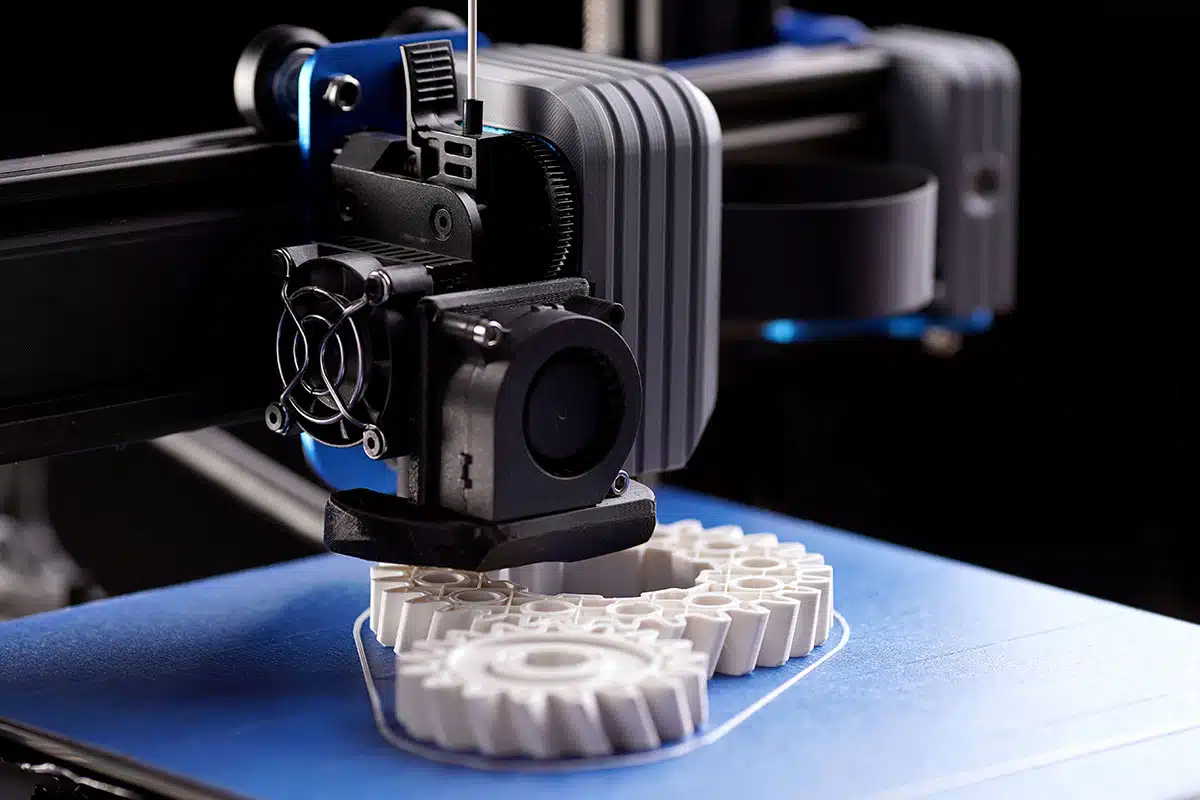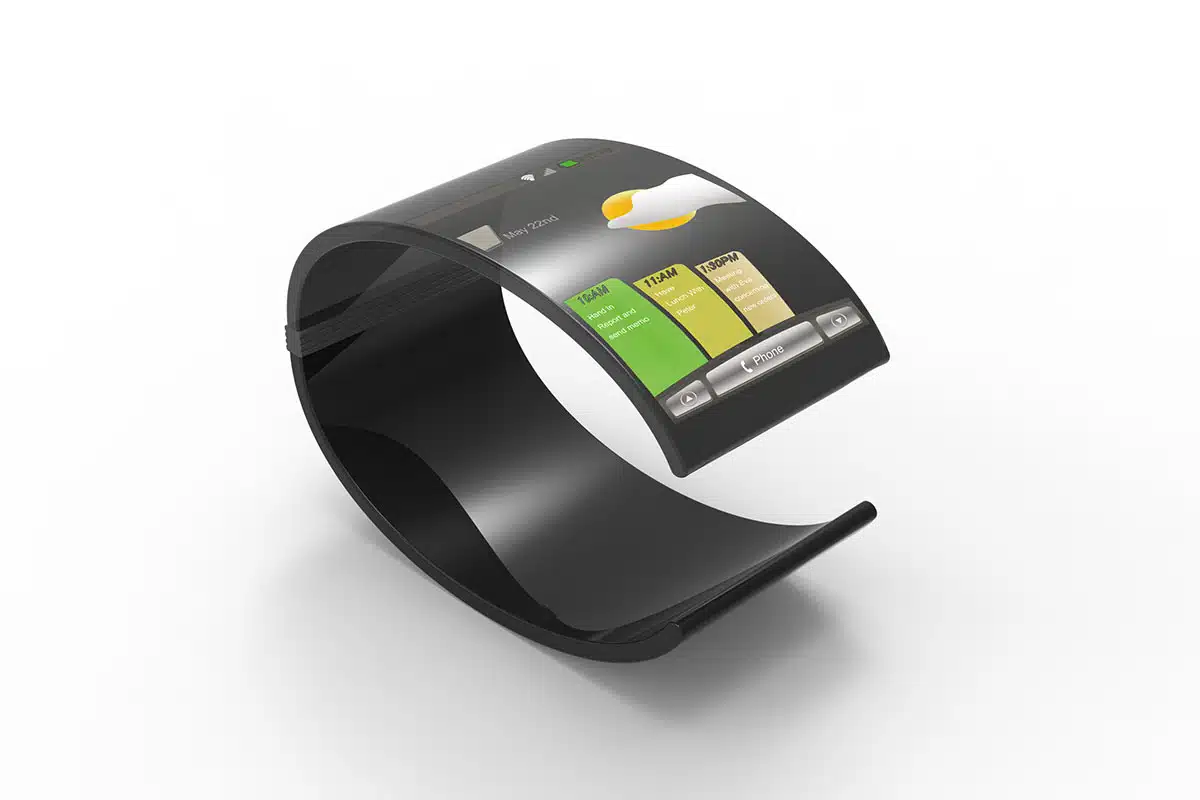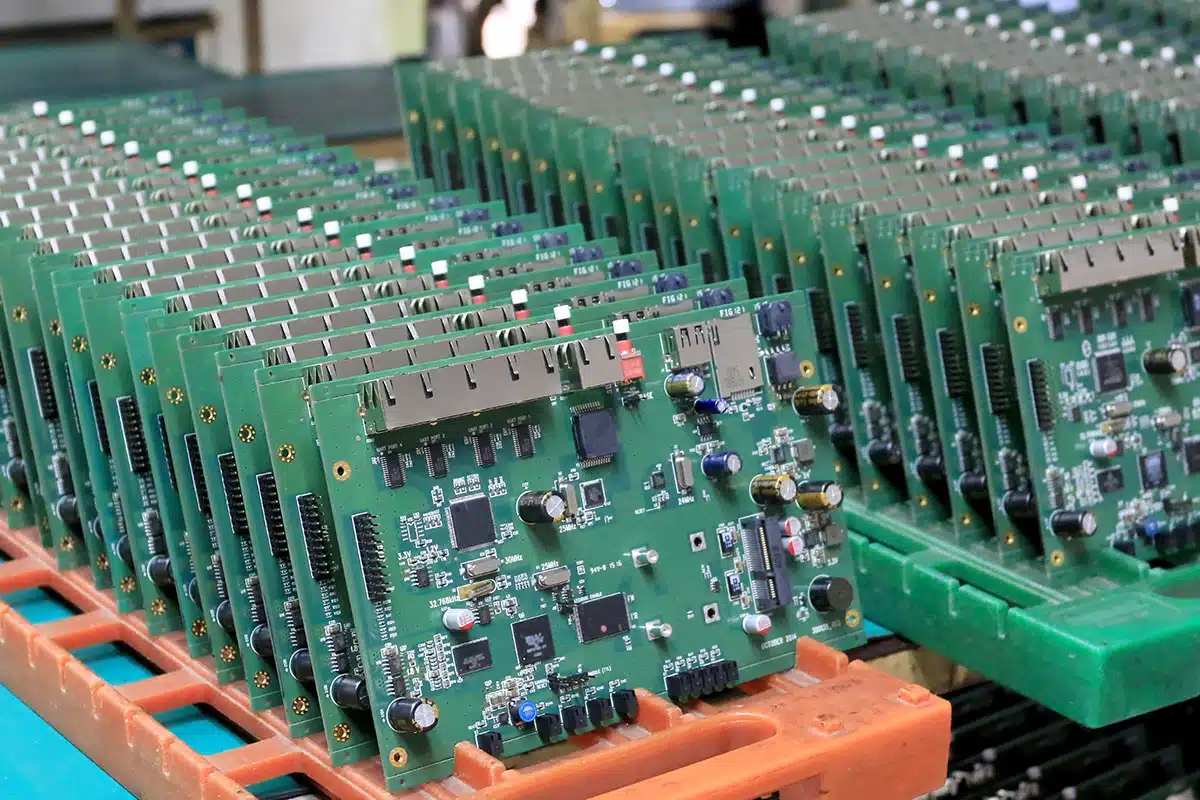Imagine you’ve designed a breakthrough electronics device, a product that’s sure to put your company on the map. And after hundreds of hours of brainstorming, designing, and review, you’re ready to make your device a reality and enter production. But just days later, production stops before it’s even started. It turns out the nonstandard component you included in your design will have to be soldered by hand—dramatically increasing the cost of production. So now it’s back to the drawing board—costing you a significant delay, and giving your competitors a chance to catch up. How did this happen? And how do you keep it from happening again? The answer is Design for Excellence.
What is Design for Excellence?
Design for Excellence (DFX) has a dual meaning. The first interpretation is straightforward: the “X” in “DFX” stands simply for “eXcellence.”
Additionally, however, Design for Excellence (DFX) is an umbrella term, where the “X” stands for any number of protocols for developing a better product at the concept design phase. These protocols include Design for Sustainability (DFS), Design for Manufacturability (DFM), Design for Test (DFT), and a host of other manufacturing principles.
DFX provides a systematic, holistic approach to design that focuses on all aspects of development throughout the product’s lifecycle. With traditional engineering design processes, problems are usually identified and fixed after the design phase. Design for Excellence, however, shifts the emphasis on solving these problems to the early design stage—saving companies both money and time. And whereas traditional engineering teams tend to work in silos, a DFX approach relies on greater collaboration early in the design process, making it easier to spot potential roadblocks and craft solutions.
Eight Important “X’s” of the DFX Methodology
A DFX approach relies on greater collaboration early in the design process, making it easier to spot potential roadblocks and craft solutions.

DFX used to refer to two or three types of design protocols, like Design for Manufacturability and Design for Test. But new priorities, and emerging technologies, have ushered in a host of new DFX sub-disciplines, and that number continues to grow. Below are eight types of DFX methodology that are making a mark in electronics manufacturing:
Design for Manufacturability (DFM): A Design for Manufacturability (DFM) analysis looks at your electronics design from the eye of the manufacturer. Ideally, this analysis occurs early in the design process, as there is an inverse relationship between cost and benefit during a product’s journey from design to release. A comprehensive analysis looks for ways to design the components of an electronic product in such a way that it will be easy to manufacture—optimally producing a better product at a lower cost. For example, a good analysis will catch any design flaws that might impact a circuit board’s functionality.

Design for Additive Manufacturing (DFAM): Design for Additive Manufacturing is DFM specifically applied to additive manufacturing (also known as 3D printing). In DFAM, the goal is to optimize the design of a product to take advantage of the benefits of the additive manufacturing process. And these benefits are significant. With 3D printing: 1) increased complexity does not equal increased cost; 2) total production costs are not significantly altered for larger volumes; and 3) integration with other digital design tools, such as computer-aided design (CAD), is considerably streamlined. Because additive manufacturing is constantly evolving, the best practices of DFAM are likewise rapidly advancing. So to get the most from DFAM, be sure to work with a team that’s up to date on new developments in this field.
Design for Sustainability (DFS): Design for Sustainability (DFS) is a design approach that considers the environmental and social impacts of a product throughout its lifecycle. There are many ways a designer can reduce a product’s overall environmental impact. Using more sustainable materials in the production of electronic components, for example, leaves less chemicals, plastics, and metals in the local landfill. Designing energy-efficient products that use low-power processors and LED displays is yet another way a designer can satisfy the demands of today’s environmentally conscious consumers.
Design for Test (DFT): Thoroughly testing products before they reach the market is crucial for avoiding returns or, even worse, expensive recalls—which is why DFT is so important. DFT in electronics is all about making it easier to test your devices during the critical debugging and manufacturing stages. A good PCB assembly design not only makes testing easier but also enables more accurate and reliable readings during testing. Fortunately, advances in rapid prototyping have greatly improved the DFT process. With rapid prototyping, prohibitive barriers of cost and time are removed. Rapid prototyping also accommodates the separate testing of components—a useful diagnostic practice that has only recently become reasonably easy to do.
Design for Assembly (DFA): In essence, Design for Assembly is about simplifying a product so that its cost of production is reduced. Engineers analyze the design of both the individual parts and the whole product in order to identify ways to optimize the assembly process, thereby reducing both production and total product lifecycle costs. Although DFA is a relatively new addition to the DFX landscape, companies have been applying DFA protocols in various ways for decades. For example, General Electric published an internal handbook as early as the 1960s which included many of the principles of DFA as we know and understand them today.
Design for Reliability (DFR): Design for Reliability focuses on ensuring that a particular product or component, such as an electronics chip, serves its intended function within a given environment throughout its lifecycle. Similar to the other DFX protocols, DFR happens at the design stage—long before actual physical prototyping begins. For example, engineers can use DFR principles to produce chip designs that anticipate and respond to the reliability issues that stem from circuit aging. While it can be tempting to cut corners—70 percent of a project’s budget can be attributed to design—a proper design producing a reliable product saves money in the long run. A savvy engineer knows that it’s cheaper to design for reliability than to test for reliability.
Design for Cost (DFC): Design for Cost is a protocol which analyzes and evaluates a product’s lifecycle cost and then modifies the design to reduce that cost. Design for Cost aims to increase system performance while simultaneously delivering value. One way to achieve a positive outcome in DFC is to emphasize simplicity, as complexity often leads to increased cost. As Albert Einstein once said, “The best design is the simplest one that works.”
Design to Cost (DTC): Design for Cost should not be confused with Design to Cost. The goal of Design for Cost is to increase system performance while reducing cost, whereas Design to Cost involves the iterative redesign of a project until it falls within budget. In the Design to Cost scenario, a company may accept reduced performance in favor of reaching its budget goals.
Making the Most of Design for Excellence
DFX encompasses just about every aspect of your product’s design. But depending on your product and your priorities, some DFX sub-disciplines may matter more than others. For example, if you make Class II medical devices, then DFT and DFR may be top of mind for you. Makers of consumer electronics might want to focus more on DFC and DFA—and more and more, DFS as well. To make sure that your product goals are met, it’s important that you work with a contract manufacturing team that’s familiar with a wide range of DFX sub-specialties, so you can focus on the design aspects that matter most to you, whether that’s cost, sustainability, time to market, or another goal.






